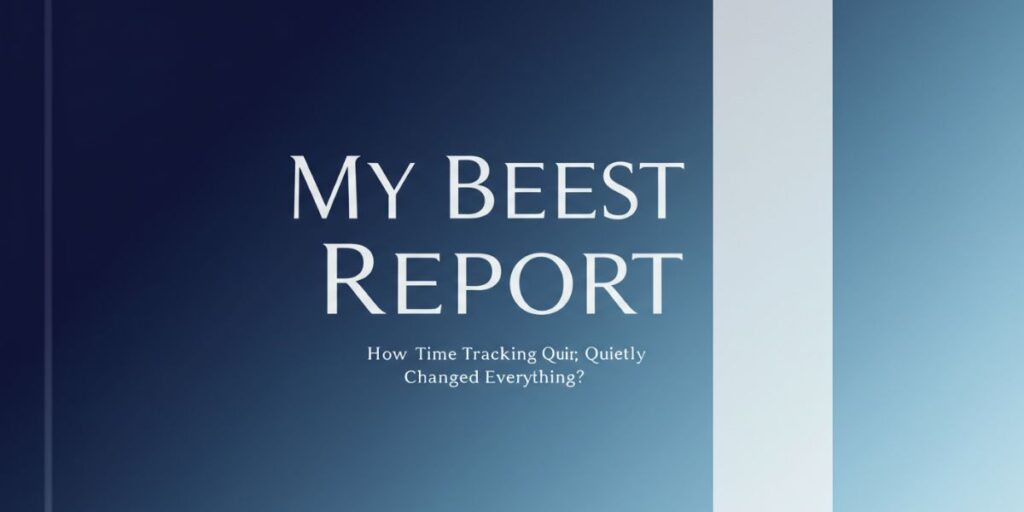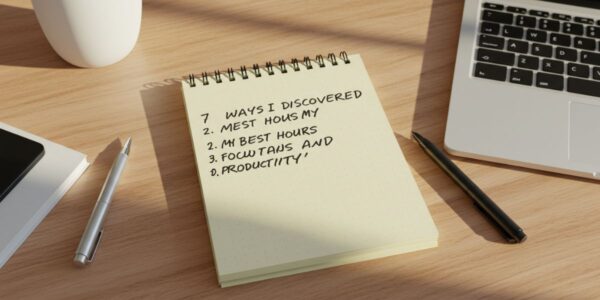1. What’s This “Best Hours Report” Anyway?
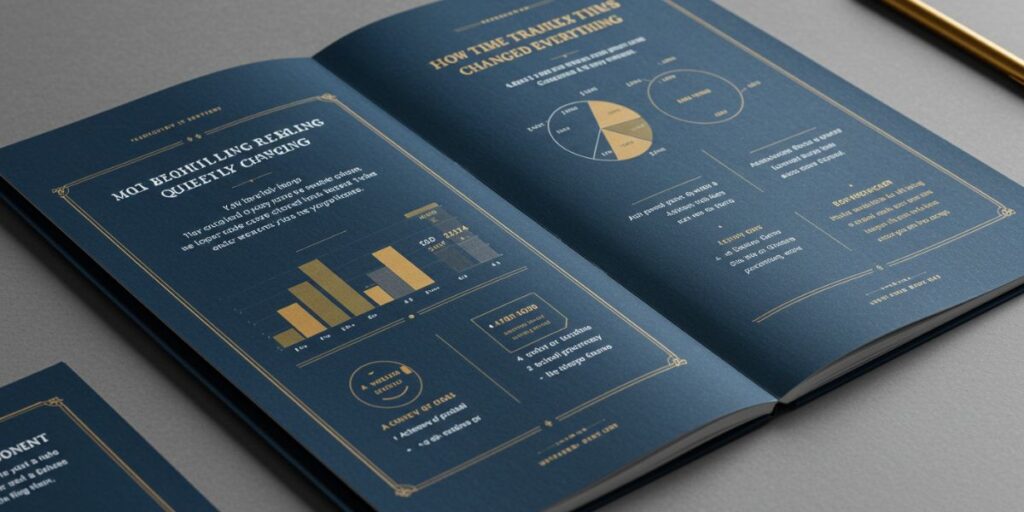
You know that feeling—when you’re so locked in, the ideas pour out like you’re some kind of productivity wizard? Emails get answered without dread, work flies by, and everything just clicks. Then there are those other hours where your brain feels like it’s wading through cold syrup.
That’s what the “Best Hours Report” is about—figuring out when you’re actually “on fire” instead of just pretending to work. I didn’t start tracking my time because I’m a Type-A spreadsheet fanatic. Honestly, I was just frustrated, working long hours, but still feeling behind. So I thought, what if it’s not about working more but working at the right time?
Turns out, time isn’t equal. And I had the data to prove it.
2. The Wake-Up Call: Not All Hours Are Created Equal
It started with a slow-burning frustration. I’d clock in early, stay late, juggle three tabs while sipping cold coffee, and still end the day wondering what I’d actually achieved.
Then one day, during a rant to a friend over WhatsApp, he casually dropped, “Do you ever try tracking your work hours like athletes track their workouts?”
That hit. Hard.
Athletes don’t just “train”—they know when they lift best, when their bodies need rest, and when to push. Meanwhile, I was treating my brain like a 24/7 vending machine. No wonder it kept jamming.
That was my wake-up call. Time to stop guessing and start measuring.
3. Enter the Data Nerd Era: Tools That Actually Helped
I flirted with a few tools before committing. RescueTime was a bit too passive for me. Clockify? Pretty good. But Toggl Track was where I finally settled. Clean interface, stupidly easy timer, and reports that made sense even when I was half-asleep.
Every task I did—writing, editing, emailing, doomscrolling—I logged it. Even if it felt pointless. (Spoiler: it wasn’t.)
In a week, patterns emerged.
In a month, the truth smacked me in the face.
4. Plot Twist: My Brain Has a Schedule of Its Own
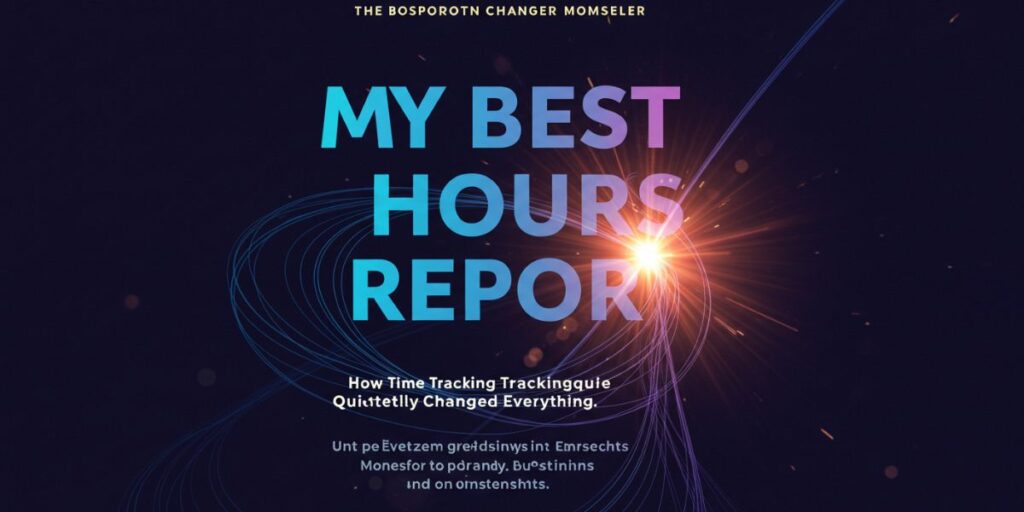
I thought I was a night owl. Late-night vibes, lo-fi beats, the whole aesthetic. Turns out, my brain lied to me.
The real data? I’m a 9:30 AM to 1 PM monster. After that, my sharp thinking fades fast. I also noticed this weird mini-surge around 6:30 PM, like a bonus round of focus.
Some examples:
- Writing deep content? 10:30 AM to noon. Like clockwork.
- Admin stuff? Weirdly easier at 6 PM, probably because I cared less.
- Anything creative after 9 PM? Disaster. I once tried writing copy at 11:45 PM and ended up ordering socks from Amazon instead.
The patterns were there all along—I’d just never looked.
5. Let’s Talk About the Slumps (Because They Suck)
Oh boy. My 2 PM to 4 PM window? Absolute trash.
That’s when the distractions crept in. Slack pings, phone check-ins that “just take a sec,” suddenly watching YouTube videos of people reacting to other YouTube videos. Yeah.
I started calling this block the “brain fog zone.” It wasn’t just tiredness—it was resistance. Like my brain wanted to rebel against productivity. It was almost… emotional. That feeling of “I should be doing something,” but your body’s like, “nah, let’s doomscroll instead.”
Tracking didn’t fix that. But it did reveal it. And that’s where things started to shift.
6. The Reboot: Tweaking My Day Based on Real Numbers
Armed with this report, I rebuilt my day.
Morning became sacred. No meetings, no emails, just deep work from 9:30 to 12:30. I moved shallow tasks (like admin or calls) to the afternoon slump. And those weird bursts of creativity at 6 PM? I kept that block open for casual brainstorming or editing.
I also added buffer zones—15-minute breaks, a walk outside, and music resets. Nothing fancy, just stuff that helped my brain breathe.
Here’s what changed:
- Morning ritual: Coffee + silence + one clear goal
- Time-blocking: 2-hour chunks with clear focus
- Breaks on purpose: Even if I felt like working, I stepped away
And you know what? It worked. Not overnight, but gradually, like tightening a loose bolt until everything clicks smoother.
7. Side Effects? Surprisingly Great Ones.
Within two weeks, I noticed something weird: I wasn’t as tired anymore.
I was working fewer hours, but getting more done. Like, actually done. No more “still catching up” feelings at 9 PM. No more “I’ve been working all day” guilt spirals.
I had time for life again. Weekends started feeling like weekends. I’d catch a movie without checking Slack. My evenings weren’t just crash zones—they became actual recharge moments.
And yeah, there was less burnout. I didn’t realize how much I’d normalized that constant pressure until it lifted. It was like pulling earbuds out of your ears after hours—you forget what quiet feels like.
8. Want to Try It? Here’s How to Create Your Own “Best Hours” Report
Let’s be real—not everyone wants to become a spreadsheet monk. So here’s the chill version and the nerd version of how to start:
Easy mode (manual):
- Grab a notebook.
- For one week, write down:
- What you did each hour
- How productive you felt (1–5 scale)
- What you did each hour
- Look for patterns. That’s your sweet spot.
Nerd mode (automated):
- Use Toggl, Clockify, or RescueTime
- Track every task honestly (yes, even “Instagram scroll”)
- After 7–14 days, check the reports for:
- Peak focus hours
- Frequent distractions
- Task types that drain or energize you
- Peak focus hours
Optional twist: Color code your calendar. Yellow = creative time. Gray = admin stuff. Blue = break or recharge.
It feels small, but it makes your day visual—and that changes everything.
9. Final Thoughts: Productivity Isn’t About More, It’s About Better
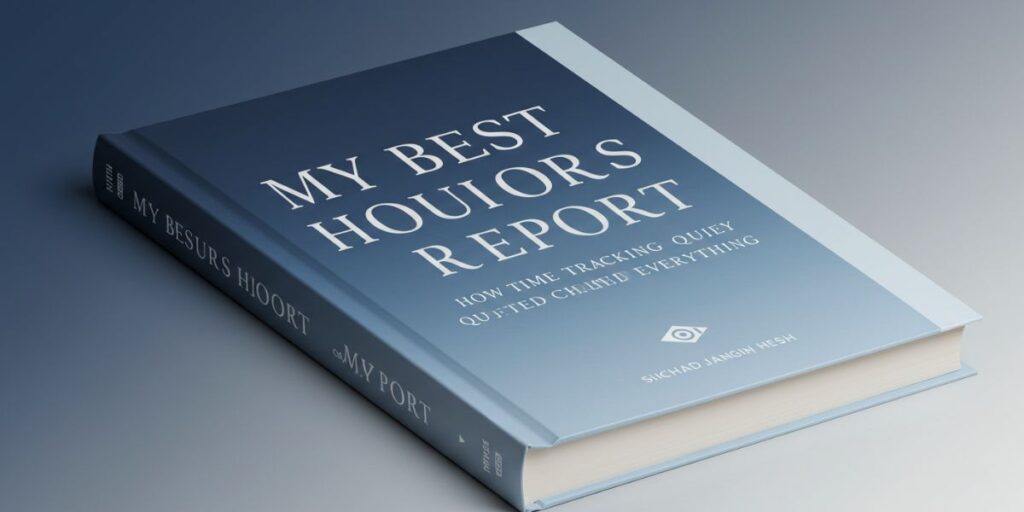
If there’s one thing I learned, it’s this: you can’t fix what you don’t see.
We like to think we know ourselves—our habits, our rhythms. But we’re terrible observers. We mix up busy with effective. We chase hacks without knowing what actually needs fixing.
Doing a time audit is like cleaning out a closet. It’s annoying at first. You discover some embarrassing stuff. But afterward? It’s lighter. More functional. More you.
So yeah, track your time—not forever, just for a bit. Treat it like an experiment. You might be shocked at what you find. And if nothing else, at least you’ll stop pretending that 3 PM is a good time to write that report. (It’s not. You know it.)

